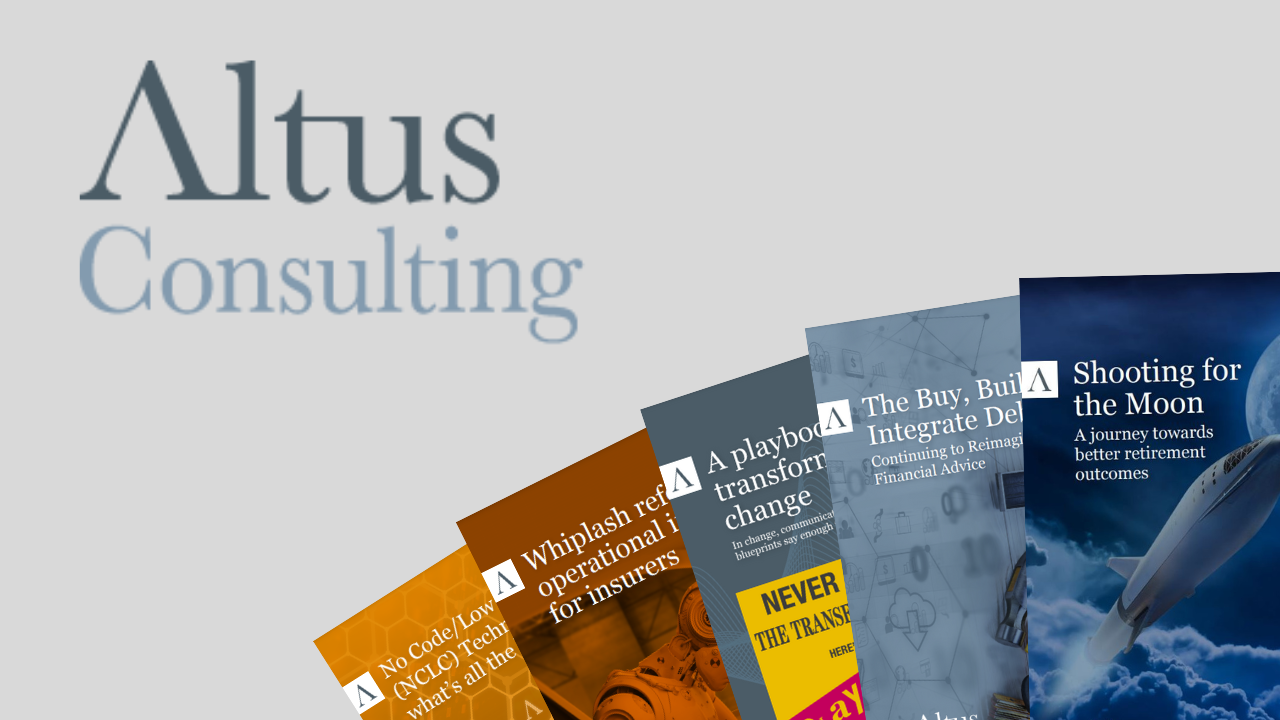Recently there has been much excitement in the trade press about the UK government’s ambition to deliver a “blockchain enabled digital fund”, as revealed in the Government’s second UK Investment Management Strategy. However, I believe that this excitement is misplaced and does not herald imminent changes in the investment space.
For such a critical sector, representing 1% of the UK’s economy, the entire strategy is vague and lacking in clear direction, let alone ambition. The strategy’s approach to blockchain hopes that the Investment Association will create a “taskforce to agree to a framework to take this work forward”. This might represent exciting progress at Whitehall but is unlikely to stir anyone in the City to action, whether in Canary Wharf’s gleaming banking towers or the grittier post-warehouse tech offices around “Silicon Roundabout”.
Beyond government however there is huge excitement about the potential for blockchain technology to revolutionise parts of the investment industry. For example, in Luxembourg, BNB Paribas carried out two experimental trades in funds via blockchain technologies in 2017, and they hope to start onboarding “pilot clients” later this year. While in the UK, Calastone has completed their proof of concept, and plan to “blockchain-enable” their technology by 2019. However, the practical impact of this on trading of UK funds this decade is likely to be minimal.
Many consider blockchain a “solution in search of a problem”, and it’s hard to see how blockchain can solve all of the problems the industry is excitedly waving it at. Much of this is because, in all the noise and excitement, several key challenges and implications of blockchain technology aren’t widely understood.
The first challenge centres on the difference between “private” or “open” blockchains. Much of the excitement around Bitcoin (the first mainstream use of a blockchain technology) is that it is an open network. This means anyone can set up a server (or these days a small data centre) and start “mining” bitcoin and validating and approving the “ledger” of all the transactions ever completed (and be rewarded in Bitcoin for doing so – hence the term “mining”). Consequently no one can control Bitcoin, as recent public splits of Bitcoin into rival currencies (Bitcoin vs Bitcoin Cash) attest. Bitcoin’s open network model disintermediates the banks for sending and storing “money”. In the fund industry, most of the experimental uses of blockchain technologies involve “private” networks with vetted membership, and whilst the press releases talk of “disintermediation”, private networks may merely entrench existing intermediaries.
The second challenge is that much is being made of the “speed” of blockchain, but this may merely be shorthand for “24×7” compared with antiquated central bank settlement systems, which only operate during working hours. The truth is that Bitcoin, by far the largest and most high profile blockchain instance, struggles to commit even 10 transactions per second globally to its blockchain. The credit card networks run thousands of times faster, if they didn’t the queues in the shops would stretch around the block!
Another widespread assumption about blockchain is the fact that it will mean potential cost savings to the industry. This principally comes from removing the need for reconciliations between parties, because all parties have a distributed copy of the blockchain (the ledger). This only works because each participant dedicates significant processing power to “proving” new transactions have really been made. However, in open networks the processing power can be significant; globally Bitcoin is reputed to use as much electricity as Ireland! Private networks can reduce these overheads, but at the cost of having to maintain centralised trusted parties. Blockchain technology has the potential to deliver significant cost savings, but it isn’t a magical wand and careful work will be required to understand how business models will need to change to realise savings.
The final challenge focuses on the widespread misunderstanding that blockchains are “anonymous”. In a pure blockchain everyone can see every transaction that has ever occurred, making blockchains transparent. Whilst the accounts may not be identified by name, in an industry like investment management, it wouldn’t take market participants too long to compare public holdings disclosures with the blockchain and work out which account identifier belonged to, say, the Woodford Income fund. What happens to active fund managers if their every trade is publically visible in real time? Would rich clients and their trusts use platforms that would effectively publish their holdings? Or would they fear more “Paradise Paper” style disclosures if, and when, someone cracked the account identifiers? Clearly solutions with these properties are unlikely to be widely adopted in the short term, but avoiding them requires significant work and more complexity than “just a blockchain”.
Like many revolutionary technologies blockchain will probably cause fewer changes in the short term than currently predicted. But when it gets going, the changes are likely to be far greater and more far-reaching than generally predicted now. Rather than using blockchain to re-engineer existing parts of the industry, for which the business case remains unclear, I expect that it will end up starting a new and differently shaped industry.
If I can buy and sell units via a platform, which uses the blockchain to automate processing and reconciliation with the fund manager, it’s likely the underlying assets will also be traded on the blockchain. But what role is there then for the fund manager or the platform? Blockchain may up-end the entire fund management industry with smart algorithms trading underlying assets on the blockchain directly for the beneficial owners. If I’m sceptical about the creditworthiness of big oil companies as world oil use declines, rather than trying to hunt out a tracker fund or ETF that excludes oil company bonds, I’ll reconfigure the algorithm I employ to avoid them. The question will then be, (i) who develops the configurable algorithm, and (ii) how do I pay them? I suspect the answer to (i) isn’t Mr Woodford or his competitors, and that “basis points” isn’t the answer to (ii).




